Tired of having your baked goods stick to your pans? Are you frustrated with cakes, panned breads and cinnamon rolls ruined because they rip out, leaving half of it glued to the bottom of your loaf pan? Then this is the solution just for you!
And no, there’s NOTHING being sold here! Billy Mays is not being channeled. This is just a handy tip for all you bakers out there.
As noted in a recent post on Banana Bread that came out – or rather didn’t – of a loaf pan, here’s the excessively simple Pan Release recipe that a lot of pro bakers use.
Don’t blink or you’ll miss it, it really IS that simple!
Ingredients:
- one part flour (by volume)
- one part vegetable oil
- one part vegetable shortening.
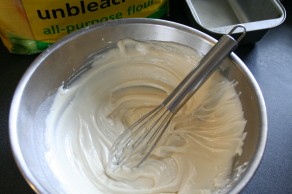
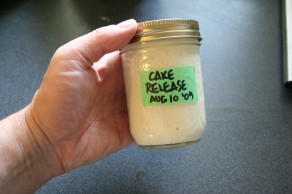
Pin It
Place all three ingredients in a bowl and mix (by hand or with mixer) until smooth.
Yup, that’s it!
Now, put this in a lidded container and use a pastry brush to apply to your pans (cake, bread, whatever). Your fingers or a bit of paper towel will also do if a pastry brush isn’t handy, they’re also easier to clean.
This can be stored at room temp in the cupboard, lasts for 6 months.
How much to make? For the pint jar above, I used a 1/3 cup measures. I measured the flour, then the oil then the Crisco shortening (which dropped out of the now oiled cup easily). If you don’t do a lot of pan baking, try 1/4 cup of each. Total cost for that jar full: maybe 20-25¢? So even if you only use half, toss out leftovers and make a new (smaller) batch in 6 months, it’s still insanely cheap.
This is not only easy to make but a lot less costly than commercial stuff and without questionable additives (did you know some spay oils use propane as their propellants?).
The pro bakers swear by this stuff. Obviously this won’t replace spray oil when you need to mist a loaf but for keeping baked things non-stick, it’s great and a lot simpler (and less messy) than greasing and flouring. I use it to grease baking pans but also for the proofing bowls.
I have never, ever had anything stick when I use it. And it’s what I use when I want to be sure even the stickiest stuff doesn’t glue itself to my coated pans; commercial spray oil can build up on those and become gummy.
So give it a shot, if you bake you probably have all the ingredients already. Then come back and let everyone know if it worked well for you.
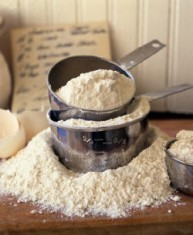 How much does a cup of flour weigh?
How much does a cup of flour weigh?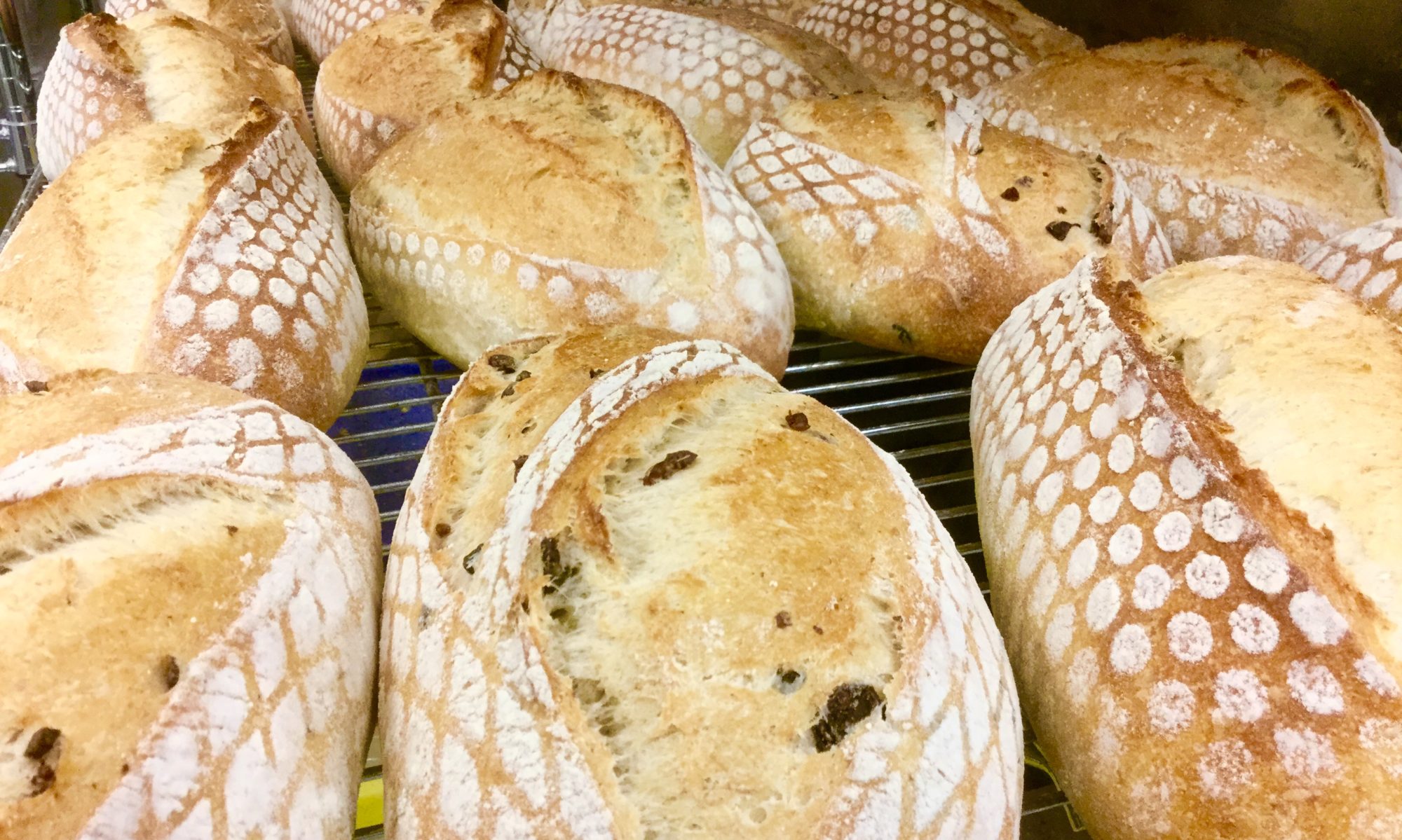

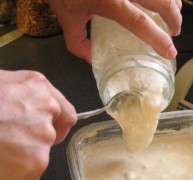 You see this question pop up all the time in sourdough discussions:
You see this question pop up all the time in sourdough discussions: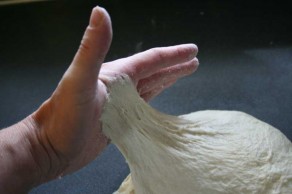
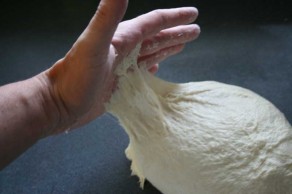
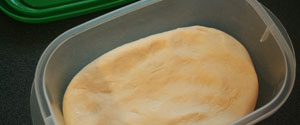 Pâte Fermentée is one of the basic pre-ferments used in bread making and it refers to a dough that is made before the bulk of the main bread dough is put together and allowed to mature or ferment.
Pâte Fermentée is one of the basic pre-ferments used in bread making and it refers to a dough that is made before the bulk of the main bread dough is put together and allowed to mature or ferment.
